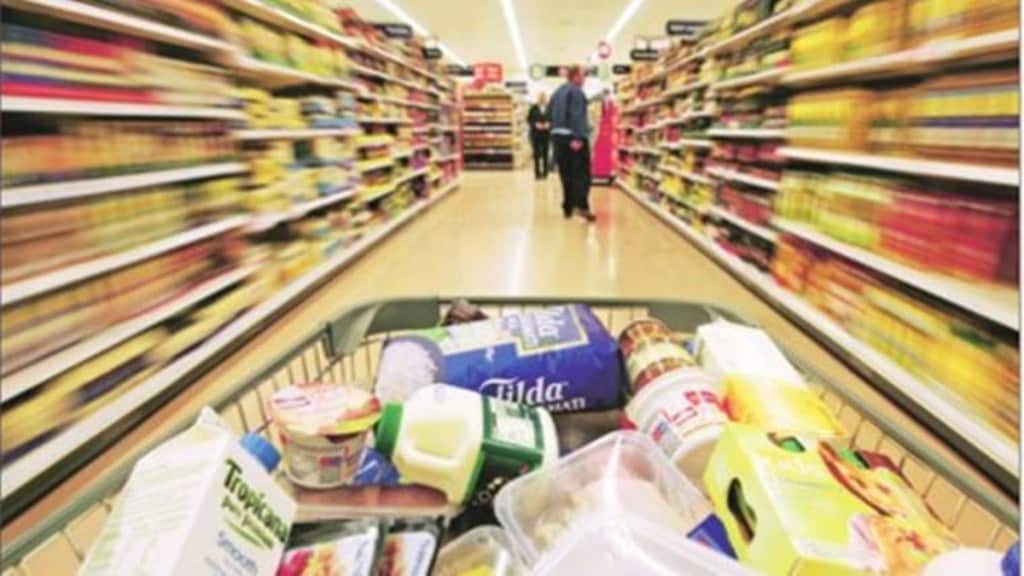After a year of stress, the domestic fast-moving consumer goods (FMCG) market is reviving, led by the rural areas, research and insights firm NielsenIQ said on Wednesday, The FMCG market is expected to grow 7-9% year-on-year in calendar year 2023. The growth is seen to be volume-driven rather than price-led, which was the trend earlier, the report said.
Calendar year 2022 saw the domestic FMCG market grow at about 7-8% versus the previous year, led by a spate of price hikes which aided the overall sales growth, sector experts said. Last year, rising inflation had hurt rural sales, which constitute over a third of the industry’s total sales. Instead, it was urban areas that contributed to growth last year.
Also read: L&T Q4FY23 profit up 10% at Rs 3,987 crore, revenue at Rs 58,335 crore; dividend announced
This year, the consumption revival in rural areas, says NielsenIQ, has been triggered by a moderation in commodity inflation, reflected in a lower price-led growth in the March quarter and an uptick in volume sales.
Price-led growth, said NielsenIQ, dropped to 6.9% in the March quarter versus 7.9% in the December quarter. While volume growth came in at 3.1% in the January-March (2023) period, after five quarters of decline. Overall sales growth or value growth for the March quarter was 10.2%, Nielsen said.
In terms of urban versus rural, the hinterland had a positive consumption growth of 0.3%, which is the “first time after six quarters”, while urban areas maintained momentum with a growth of 5.3% in the March quarter, according to the NielsenIQ report.
“The positive consumption growth in rural India in the March quarter is heartening. Urban India continues to be the growth engine for the sector, with organised retail seeing a high double-digit growth in modern trade.
For the first time since last year, we also see a turnaround in traditional trade, primarily driven by grocers,” Roosevelt D’Souza, India customer success leader, NielsenIQ, said.
Continuing the previous trends, food products continued to drive consumption with a 4.3% growth in the March quarter, helped by an uptick in the staples’ category.
Overall, non-food consumption turned positive (0.2%) after six quarters of decline, led by home care, though personal care continued to be slow.
Also read: NBFC Profectus Capital gets RBI’ nod to provide factoring services to MSMEs
“Consumers continue to rationalise spending overall within non-food in home care and personal care,” NielsenIQ said, with grammage reduction and shift towards smaller packs continuing, it added.
“So, it becomes increasingly important for manufactures to focus on innovations and optimise their assortment to cater to the changing consumer demands,” D’Souza said.

